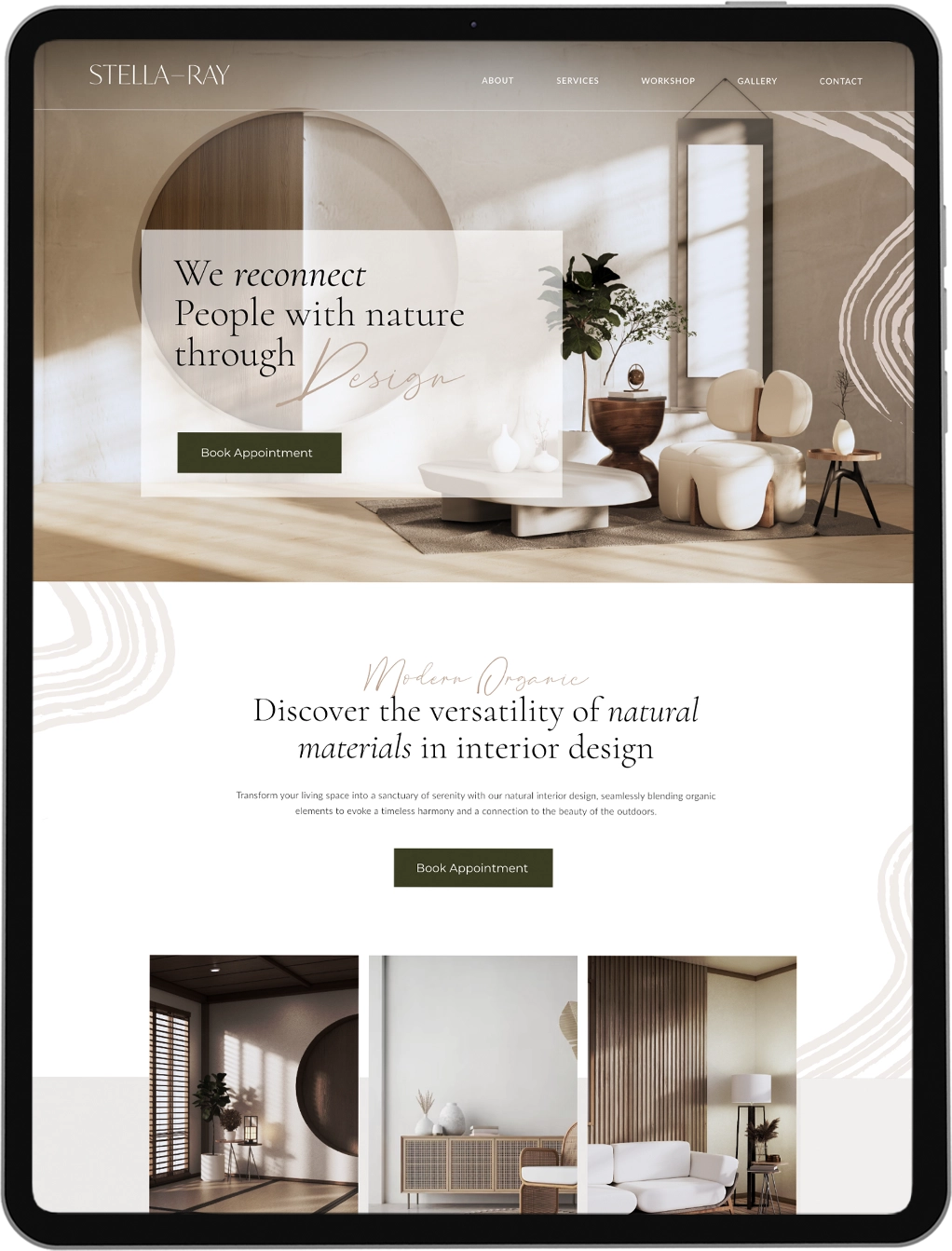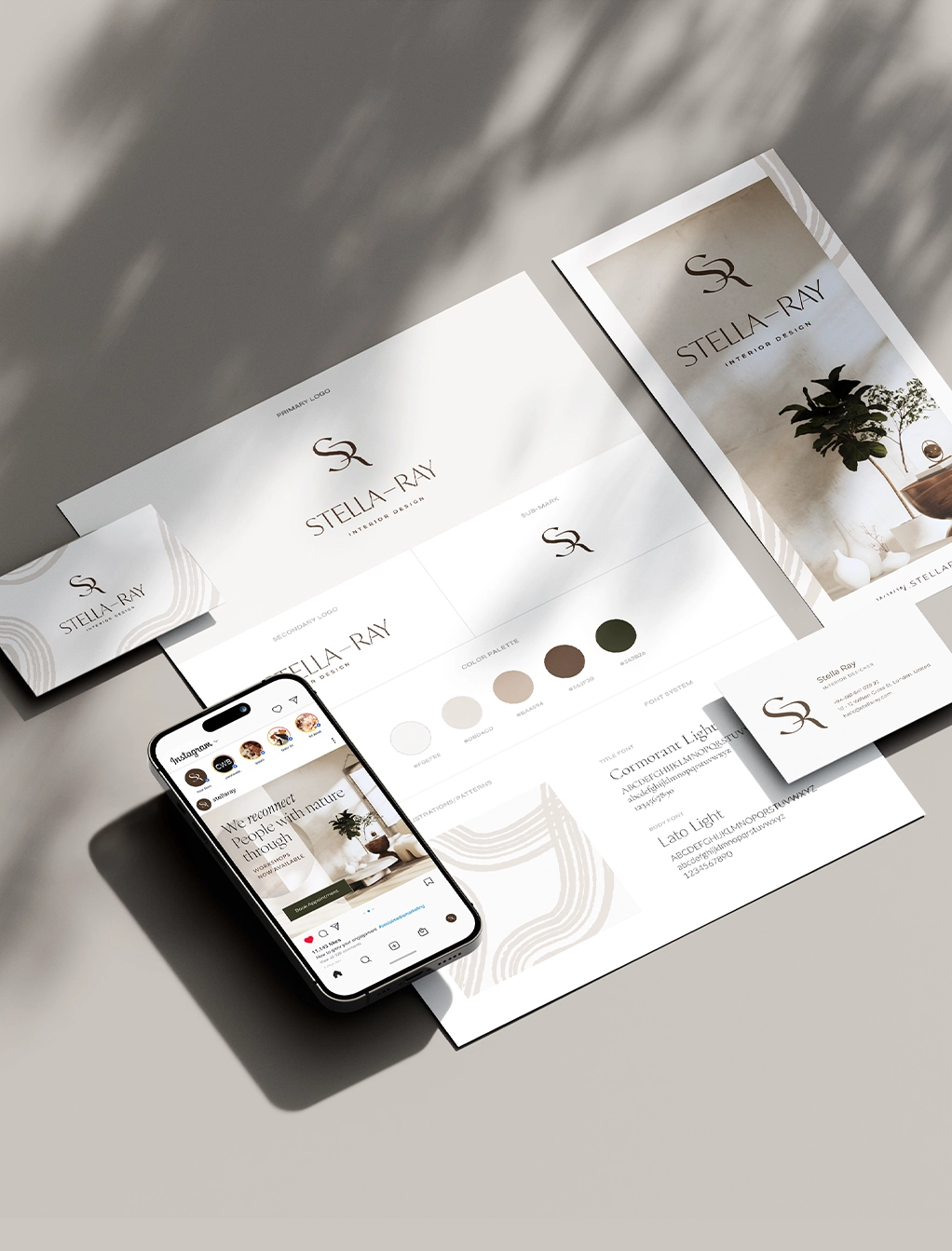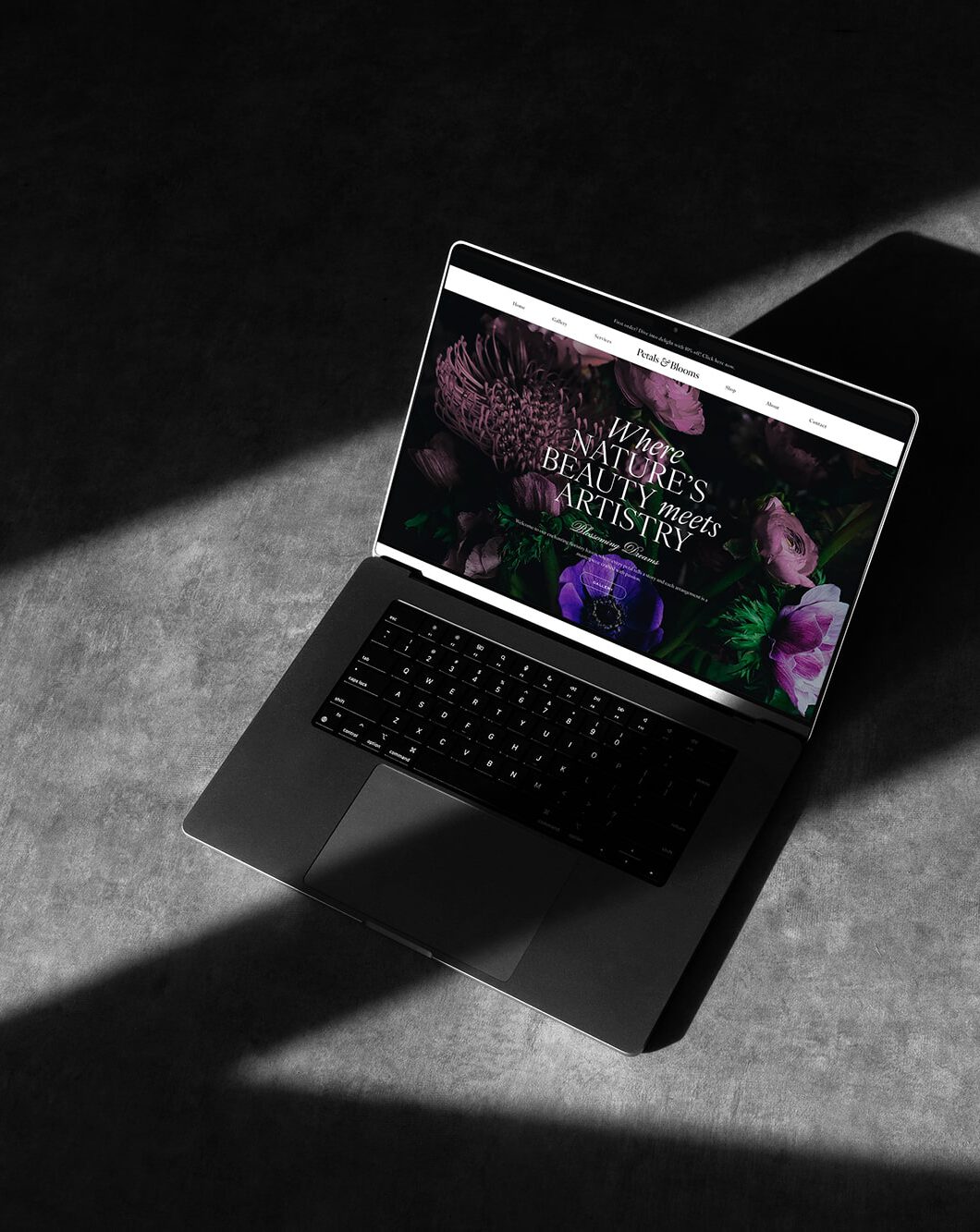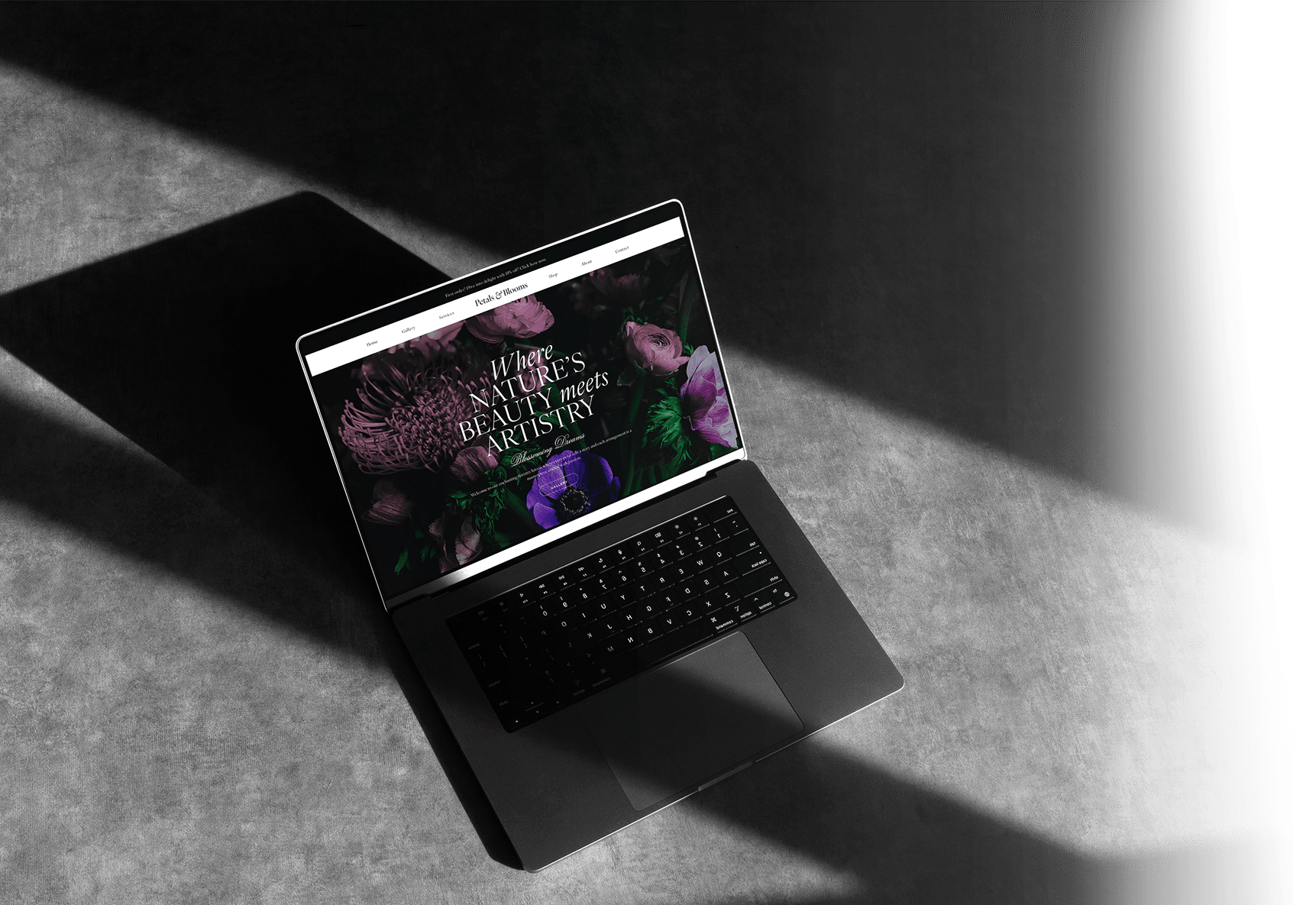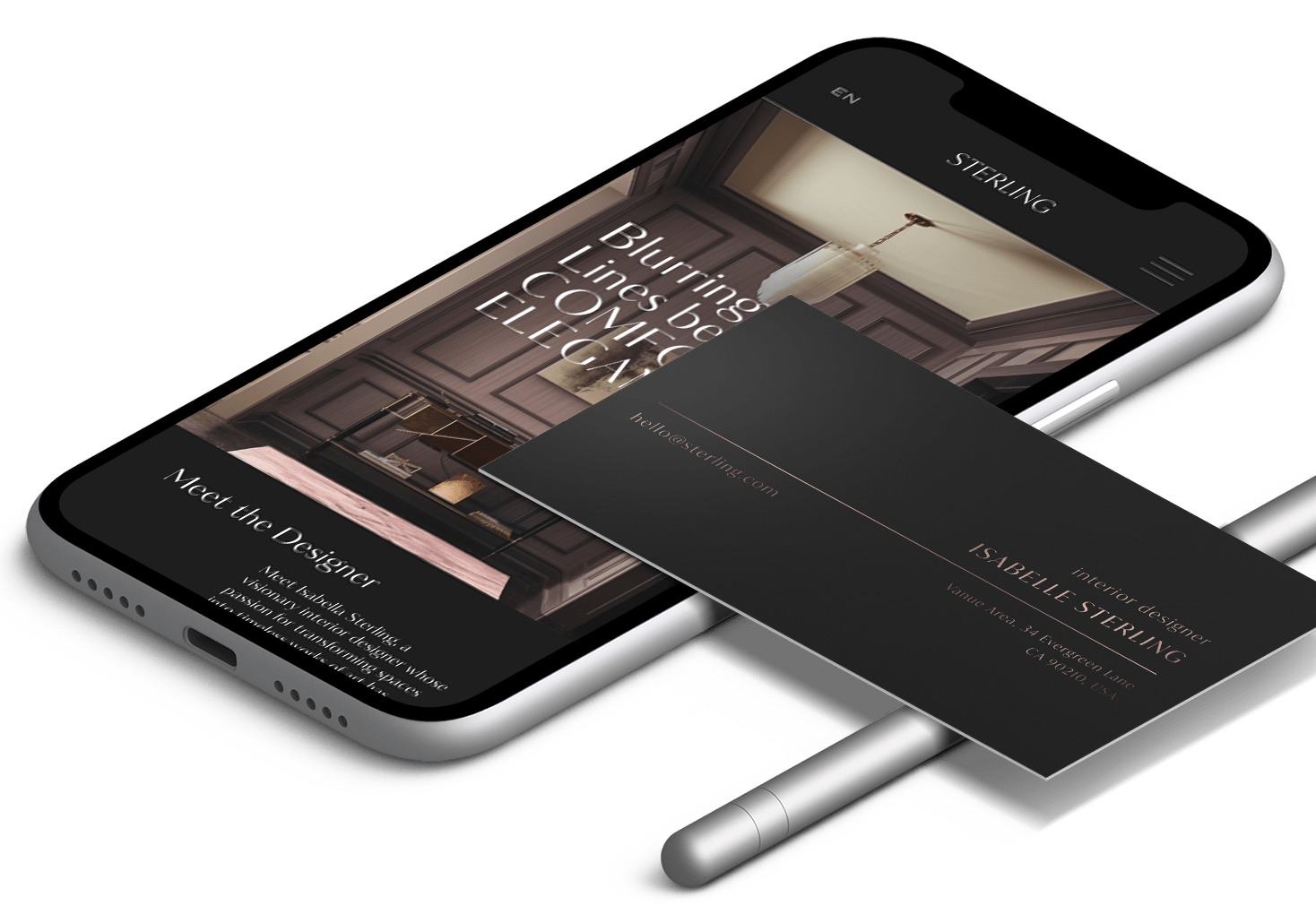Logo Design
Primary Logo: A primary logo is the main and most frequently used version of a company’s logo. It is the core representation of the brand’s visual identity and is designed for optimal recognition and versatility across various applications. The primary logo typically includes the essential elements, such as the brand name, icon, and any distinctive design elements, ensuring consistency and coherence in brand communication. This version is used in most situations where the full impact of the brand needs to be communicated, providing a strong and recognizable visual identity.
Secondary Logo: The secondary logo acts as a simplified version of the primary one by removing certain text or rearranging its components for enhanced legibility in smaller sizes.
Submark: A Submark is commonly used online and on social media. It is used when the logo is resized to extra small formats and includes single letter(s), number(s), or symbols.
What you get:
Black/White & Color version of the logo in pixel and vector formats for print and digital use.
Brand Pattern / Illustration
Brand patterns and illustrations are an incredibly engaging and fascinating part of branding. They play an essential role in building solid brand recognition and add dimension to your brand’s identity. That can be decorative elements, symbols or icons and can be used as additional design elements on packaging, promotional materials or websites to enhance the overall visual impression.
What you get:
Illustrations or pattern in pixel or vector* formats for print and digital use.
Color & Font System
Color Palette: Your brand’s color palette is more than just a collection of hues; it embodies the essence and character of your business. These colors will be present in all aspects, from logos to websites to business cards.
Font System: Typography plays a crucial role in defining the visual identity of any brand. It is an essential component, along with logo design and color scheme, that serves to distinguish your brand from others.
What you get:
Color Scheme: They will be presented on the brand styleguide, with color codes for print and web use.
Font System: PDF with the links of the license-free fonts.
Brand Styleguide
A brand styleguide, is a visual representation of a brand’s key visual elements and design standards. It is a document that provides a set of rules for maintaining consistency in the use of a brand’s visual elements across various platforms and media. You will be provided with the Styleguide in a one-page PDF format (Brand Board).
Business Card Design
A well-designed business card is essential for networking and professional interactions. It should reflect the brand’s identity, be visually appealing, and provide all the necessary information in a clear and concise way. We will tailor your business card to align with your branding, allowing you to include up to five names.
We offer all standard and non-standard sizes:
88.9mm x 50.8mm / 3.5″ x 2″ – US & Canada
85mm x 55mm / 3.35″ x 2.17″ – Europe
90mm x 50mm / 3.54″ x 1.97″ – Mexico & South America
91mm x 55mm / 3.58″ x 2.17″ – Japan
90mm x 55mm / 3.54″ x 2.17″ – India, Thailand, Taiwan, Vietnam, South Korea
90mm x 54mm / 3.54″ x 2.12″ – China, Hong Kong, Singapore
any other size (you can request any other size in the questionnaire)
What you get:
Print-ready PDFs and the editable source files (PDF, INDD), if you want add more names or use special print finishes in the future.
Social Media Templates
Streamline your content creation process and enhance your brand with our user-friendly social media templates. Our templates include eye-catching graphics and layouts tailored to various categories, according to your business.
What you get:
5 Instagram post templates + 5 Facebook post templates, which you can adapt yourself online.
Website
The special website package includes a fully developed website comprising up to 5 pages (e.g., Homepage, Services, Contact, About, Imprint), featuring custom images that can be freely reused. You also have the option to provide your own images for our review, editing, and customization if needed.
The text for your website needs to be provided by you. If you require assistance with text creation, we can discuss it and provide a separate quote for the service.
The Contact page and form will be fully configured to your email address, equipped with basic spam protection (additional Google reCAPTCHA possible). If necessary, the Imprint page will be tailored to meet your local legal requirements, encompassing privacy policy and general terms and conditions for online presentation.
We will manage the transfer to your host, domain assignment, and comprehensive end-configuration. Two revisions are included: one for wireframes (layout & functional description) and another for design. Additionally, we offer training for editing and maintenance.
Technical Description
Logo Design:
JPG (Joint Photographic Experts Group)
The JPG stands out as one of the most recognized image formats. Its notable features include widespread compatibility – virtually all common programs can open and convert JPG files. Additionally, the majority of scanners and digital cameras seamlessly handle files in this format.
AI (Adobe Illustrator Artwork)
AI files are the proprietary file format for Adobe Illustrator, which is a popular vector-based graphics and drawing program developed by Adobe Systems. Vector graphics are highly scalable and can be resized without losing quality, making them ideal for tasks like logo design, illustrations, and other graphic design work.
Designers use it for creating logos and other branding materials like prints and illustrations. AI files are great because they stay editable in Adobe Illustrator without losing quality.
EPS (Encapsulated PostScript)
An EPS is a high-quality file format often used in professional graphic design and printing. It’s like a versatile container for images and text that maintains exceptional clarity and detail, because it’s a vector based file.
EPS files are preferred by designers because they are compatible with various design software programs.
PNG (Portable Network Graphics)
PNG is a go-to choice for web designers when it comes to displaying text on websites. It offers high-quality text rendering, supports transparency, and works well across various web browsers, making it a versatile format for creating visually appealing web content.
SVG (Scalable Vector Graphics)
SVG is a vector-based file format used for images that can be resized without losing quality, like a flexible digital drawing. It’s commonly used for icons, logos, and simple graphics on websites because it keeps them sharp and clear at any size. SVG is understood by web browsers, making it efficient for web design and ensuring images look great on various devices and screen sizes.
Brand Pattern/Illustrations:
TIFF (Tagged Image File Format)
The TIFF (Tagged Image File Format) is a versatile and widely used file format primarily designed for storing raster graphics images. It is known for its ability to preserve image quality through lossless compression, making it suitable for high-quality and archival purposes. While TIFF files are excellent for preserving image quality and detail, they are less suitable for web use or sharing due to their large file sizes. For those purposes, formats like JPEG or PNG with lossy compression may be more practical.
AI, EPS, PNG, SVG
The file format you receive depends on the design. See description above Logo Design.
Business Card Design:
INDD (Adobe Indesign)
The “.indd” file format is associated with Adobe InDesign, which is a professional desktop publishing and layout design software developed by Adobe Systems. InDesign allows users to create complex and visually appealing layouts for a wide range of print and digital materials, including magazines, brochures, books, posters, and more. These files can be edited and saved within Adobe InDesign and can also be exported to other formats, such as PDF, for distribution and printing.
PDF (Portable Document Format)
PDF is a versatile file format widely used for sharing and distributing documents in a consistent and secure manner. Its ability to preserve formatting and its compatibility with various devices and software applications have made it a standard choice for a wide range of document types, including reports, manuals, brochures, and forms.
BUSINESS CARD SIZE
We offer all standard and non-standard sizes:
88.9mm x 50.8mm / 3.5″ x 2″ – US & Canada
85mm x 55mm / 3.35″ x 2.17″ – Europe
90mm x 50mm / 3.54″ x 1.97″ – Mexico & South America
91mm x 55mm / 3.58″ x 2.17″ – Japan
90mm x 55mm / 3.54″ x 2.17″ – India, Thailand, Taiwan, Vietnam, South Korea
90mm x 54mm / 3.54″ x 2.12″ – China, Hong Kong, Singapore
any other size (you can request any other size in the questionnaire)
